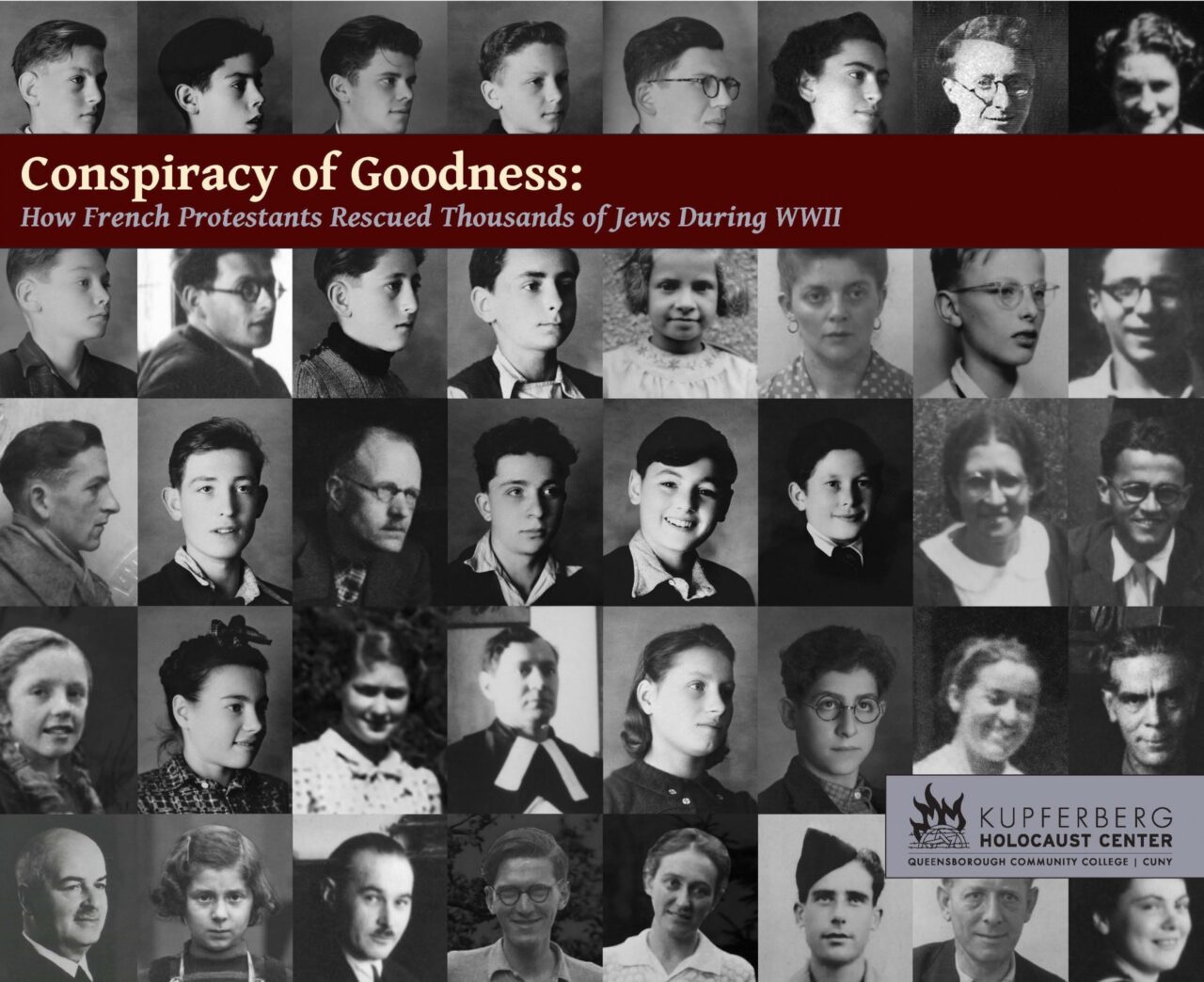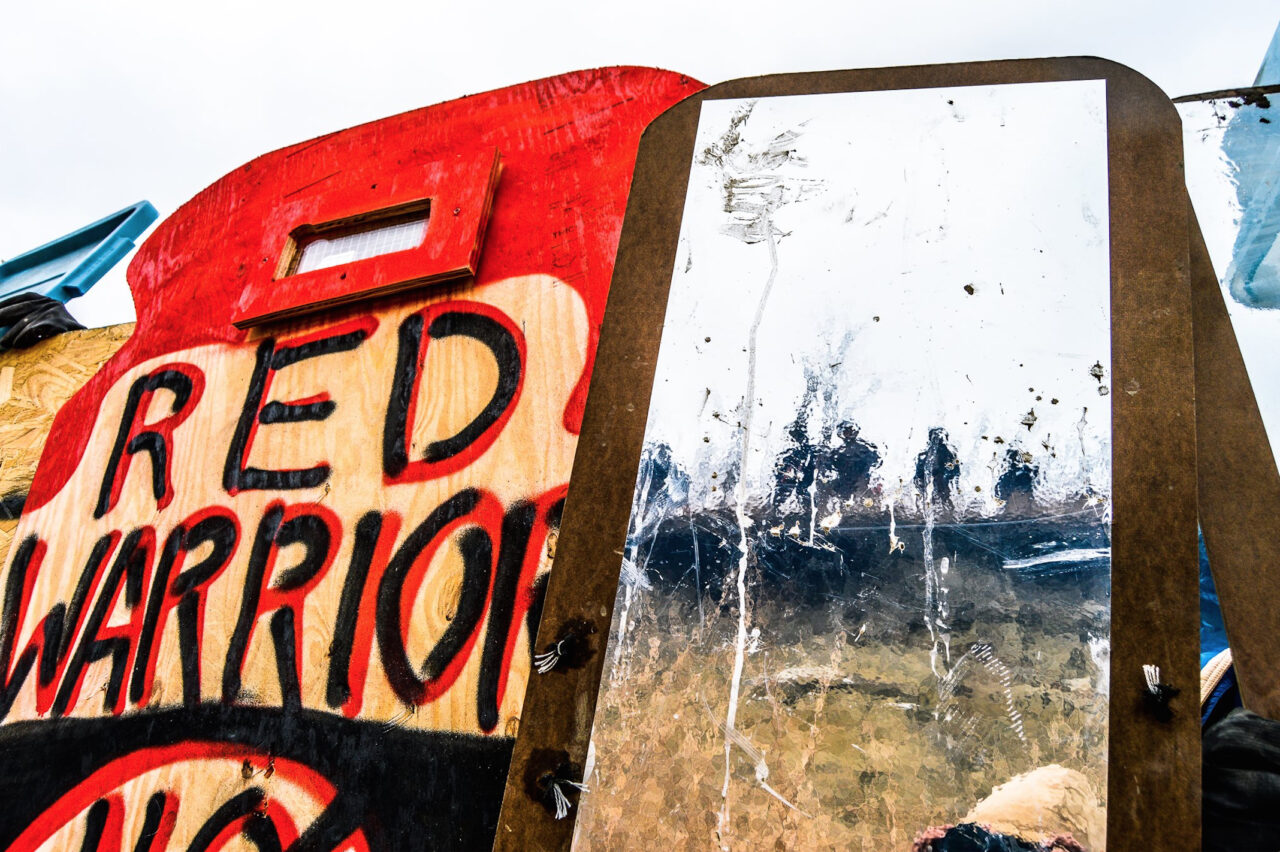Conspiracy of Goodness
This exhibition tells the story of how an isolated Huguenot community in the Haute-Loire region, saved 3,500 Jews from Nazi Germany and the soldiers of Vichy France. Villagers of Le Chambon-sur-Lignon and the surrounding villages, joined together to conceal, rescue, and provide false documentation for Jews and French Resistance fighters, at great risk to their own lives. Click below to explore the interactive exhibit which includes a library study guide, exhibit-related videos, as well as a printed catalogue.
 This exhibit is curated by Cary Lane, Ph.D., the KHC 2020-21 Curator-in-Residence and Associate Professor of English at Queensborough Community College of the City University of New York. Dr. Lane worked with Jason Tingler, Ph.D., KHC Postdoctoral Research Fellow; Robyn Schwartz, Graphic Designer; Nicholas Caccese, Film Editor; Sean Simpson, Videographer, as well as QCC-KHC Student Curatorial Fellows Aliza Perlmutter, Jhordain Roberts, Manuel Souffrant, and Nicholas Richards; and KHC Curatorial Interns Alexia Wang, Anika Chowdhury, Ashleigh Requijo, Calista Requijo, Eliana Ellerton, Kristen Morgenstern, Noah Benus, and Shani Bornstein.
This exhibit is curated by Cary Lane, Ph.D., the KHC 2020-21 Curator-in-Residence and Associate Professor of English at Queensborough Community College of the City University of New York. Dr. Lane worked with Jason Tingler, Ph.D., KHC Postdoctoral Research Fellow; Robyn Schwartz, Graphic Designer; Nicholas Caccese, Film Editor; Sean Simpson, Videographer, as well as QCC-KHC Student Curatorial Fellows Aliza Perlmutter, Jhordain Roberts, Manuel Souffrant, and Nicholas Richards; and KHC Curatorial Interns Alexia Wang, Anika Chowdhury, Ashleigh Requijo, Calista Requijo, Eliana Ellerton, Kristen Morgenstern, Noah Benus, and Shani Bornstein.

